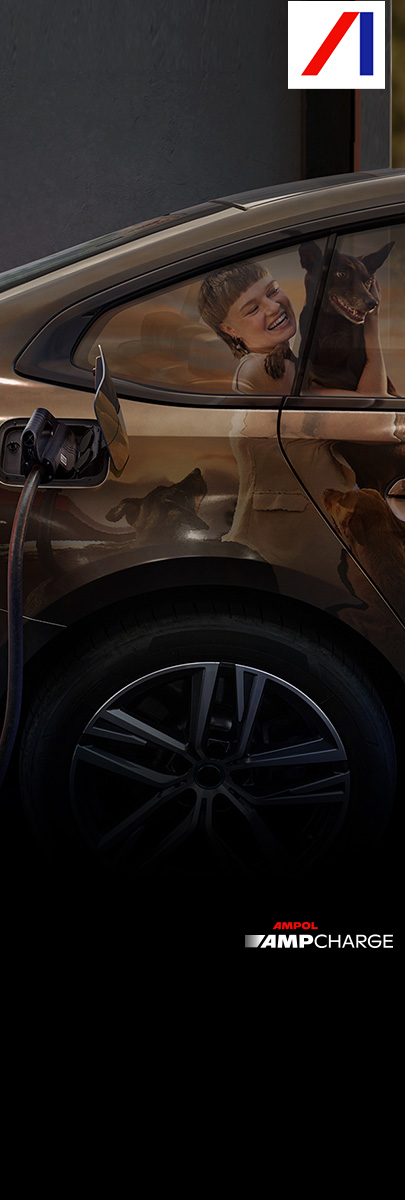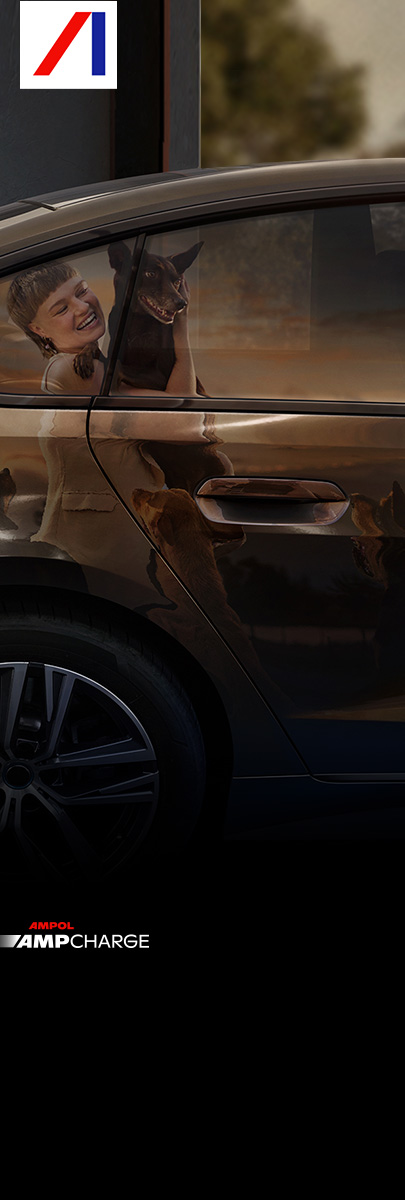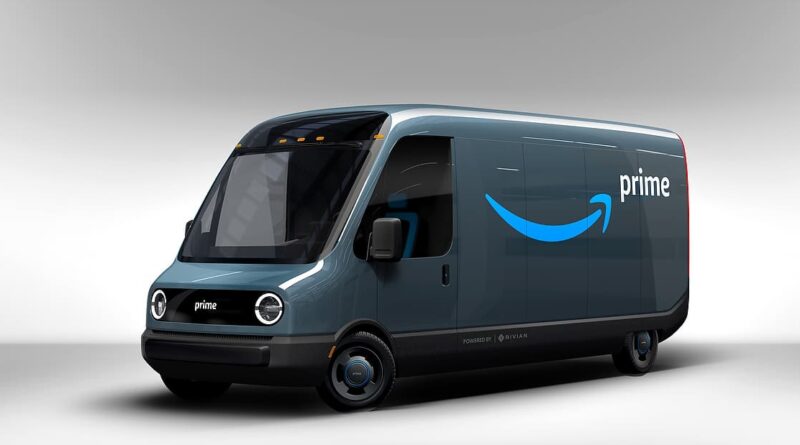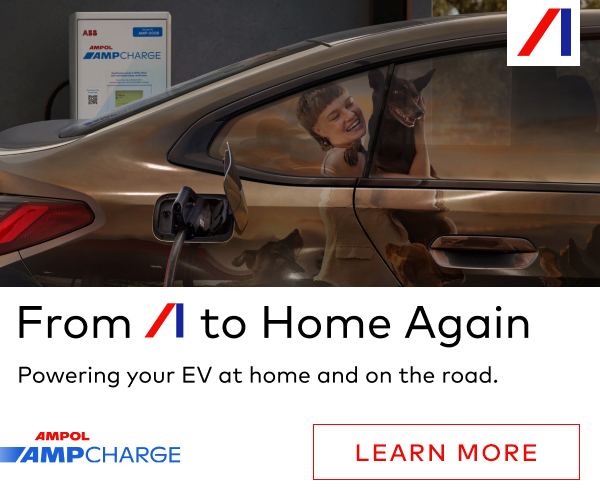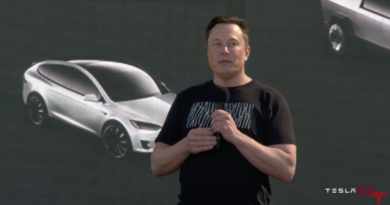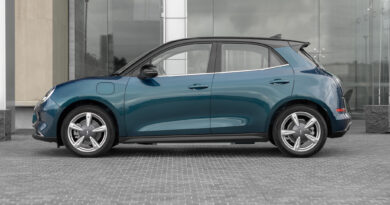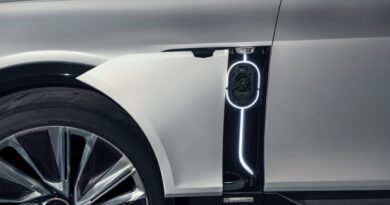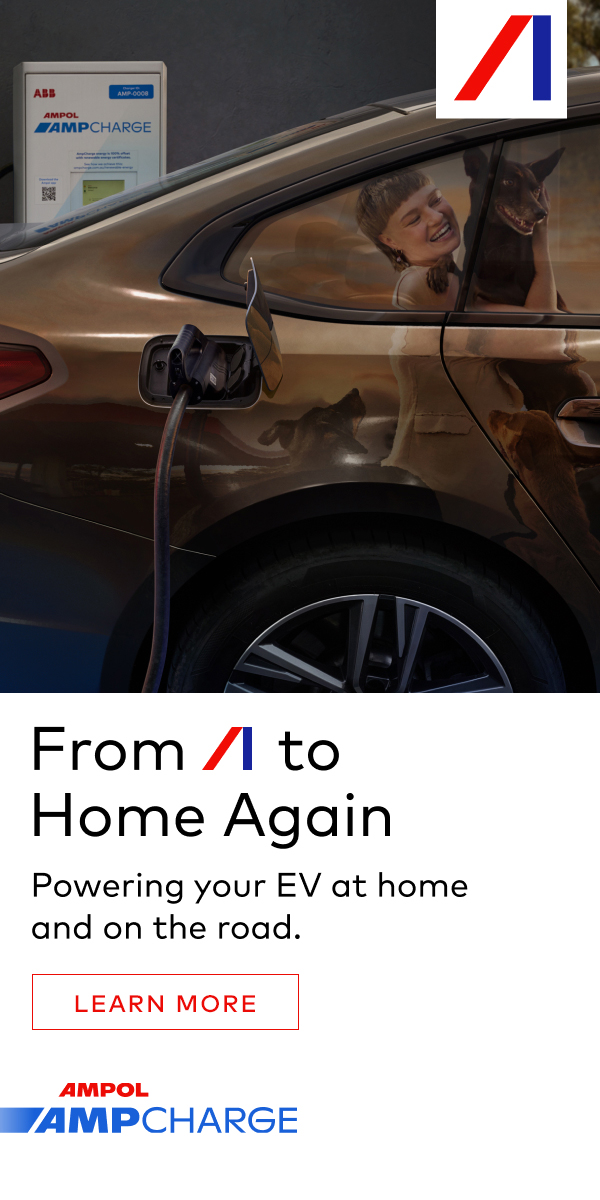Amazon’s new EVan electric delivery van
Amazon has revealed its first custom-designed electric delivery van, due to go into service next year. Co-developed with EV start-up Rivian, which will manufacture the vehicle, this is only the beginning…
Amazon has invested hundreds of millions in California-based Rivian, and the plan is to develop and produce another two EVs designed specifically for package delivery.
By 2022, Amazon says it will have 10,000 of the big van seen here “on the road delivering to customers worldwide”. Interestingly, Amazon seems to be the only brand name on the vehicle.
By 2030 Amazon estimates it will have a global fleet of 100,000 electric vans in operation, though this total presumably includes all three models. Large-scale production of the Amazon vans should provide Rivian with steady revenue while it establishes itself as a plug-in player.
The company’s first two EVs are currently in the pre-production phase. Deliveries of the R1T pick-up and R1S SUV are scheduled to begin next year.
Ross Rachey, Amazon’s global fleet and products director says the van combines Rivian’s technology with Amazon’s delivery logistics know-how. “The result is what you see here… the future of last mile delivery.”
Though Amazon did not reveal such details as the driving range or battery capacity of the van, the vehicle reportedly will be built on Rivian’s skateboard platform. As a last-mile delivery device, it’s unlikely to feature the quad motor, massive 180kWh battery pack and little over 3.0 second 0-100km/h acceleration top versions of the Rivian R1T and R1S will offer.
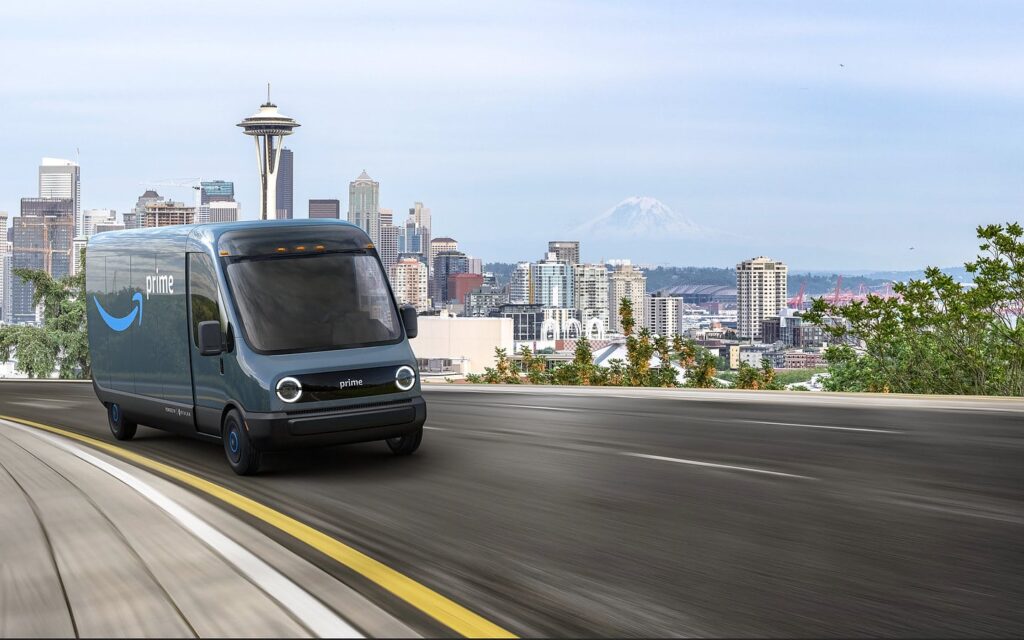
But the van definitely will incorporate existing Amazon tech. It will come with the company’s Alexa digital assistant for hands-free access to routing info and more. An array of cameras will give the driver a 360-degree view of the van’s exterior via its interior display.
The van’s brake lights extend most of the way around its rear roller-door. The driver can also access three tiers of shelving in the cargo area via a door in the bulkhead behind the driver’s compartment.
“We wanted drivers to love using it,” says Amazon’s Rachey.

